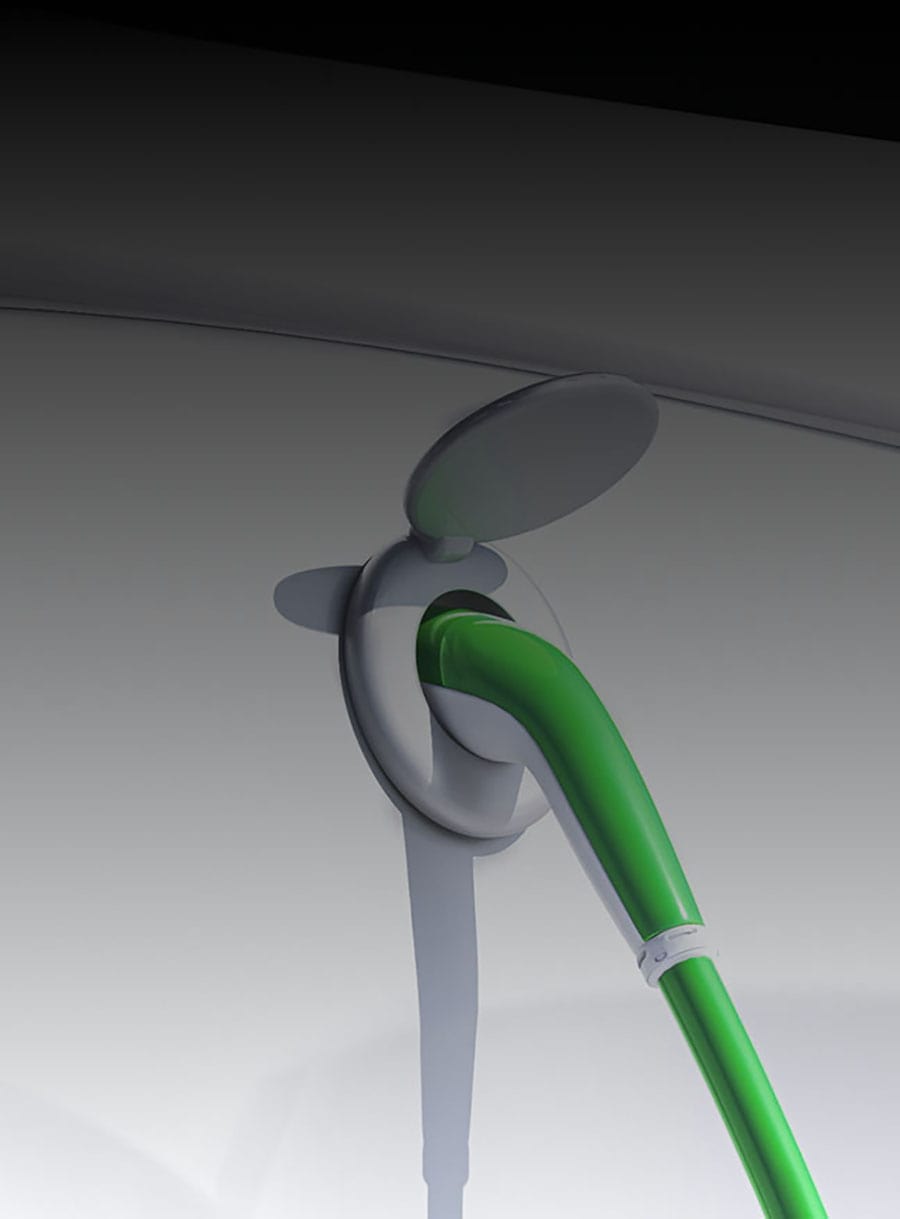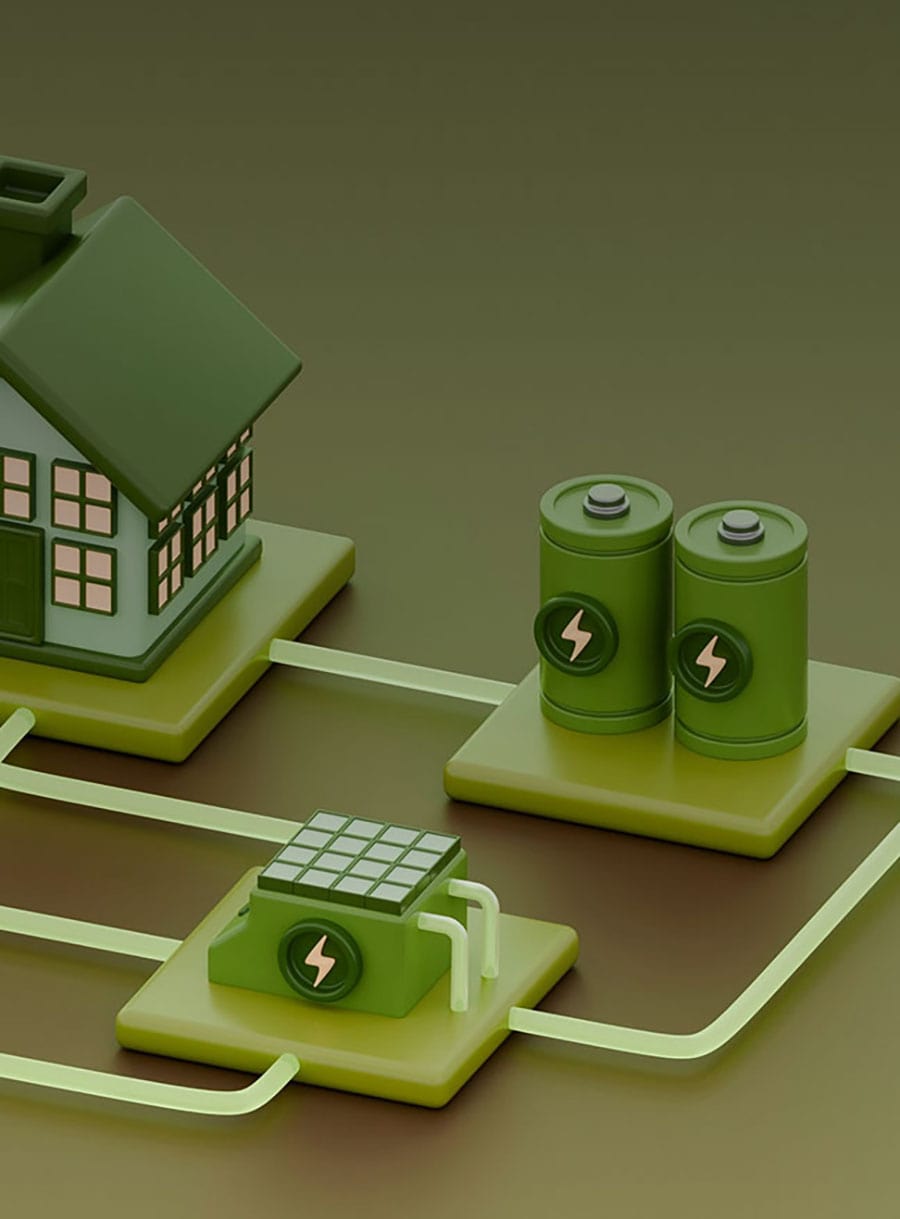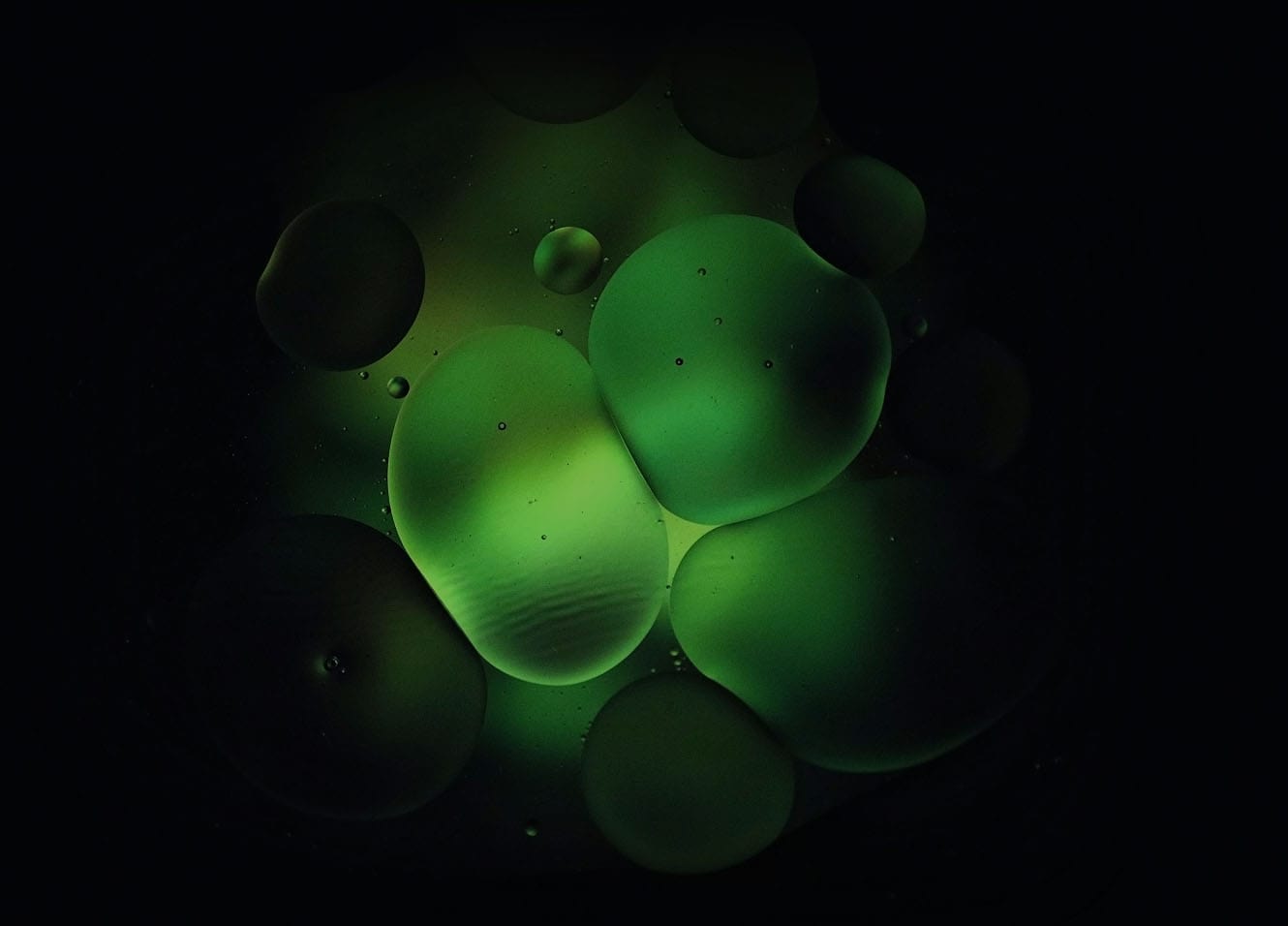Identifying Enablers of the Next Phase of Energy Transition
Electricity is a growing part of total final energy consumption in key markets. It is as high as 28% in China and over 20% in the US and Europe, while renewables are forecast to account for about 95% of new electricity demand over the next three years. In tandem with this rise in electricity demand and its share in total energy supply, the world needs to make significant investments in power generation, as well as in transmission and distribution assets. The International Energy Agency (IEA) reported global energy investment of more than US$3 trillion in 2024, with US$2 trillion going to clean energy technologies and infrastructure.
Figure 2. Annual Investments in Clean Energy in Major Economies
Energy efficient and end-use
Nuclear and other clean power
Source: IEA World Energy Investment (2024)
The rising share of renewables in the global energy mix has created the need for solutions to the intermittent and distributed nature of renewables. Aging grid infrastructure, particularly in the developed world, poses additional challenges not only in integrating renewables, but also in grid stability and climate resilience.
Figure 3. Renewables Penetration in Key Countries
Source: Enerdata. World Energy & Climate Statistics (2024)
There is hence a pressing need for investments in power equipment supply chains and grid infrastructure. GIC is constructive on regulated electric networks and utilities, as continued investments in their asset base will mean additional earnings growth opportunities. We especially favour assets benefiting from stable and transparent jurisdictions, with regulatory frameworks that support high cashflow predictability by providing inflation and volume protection. We also see solutions such as dispatchable baseload generation and battery storage as integral to resolving grid congestion.









